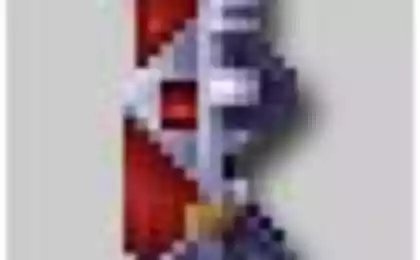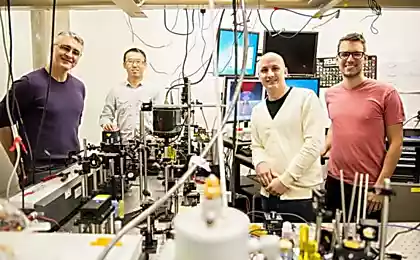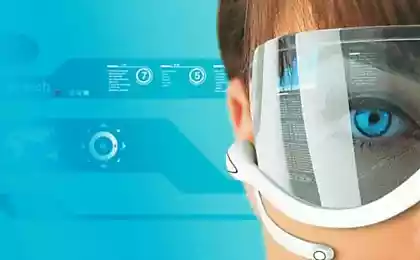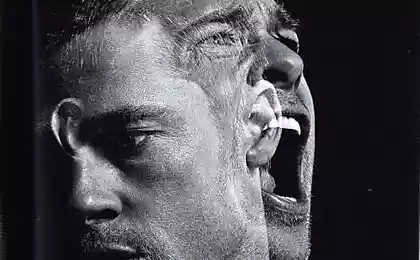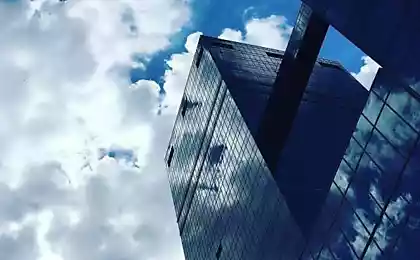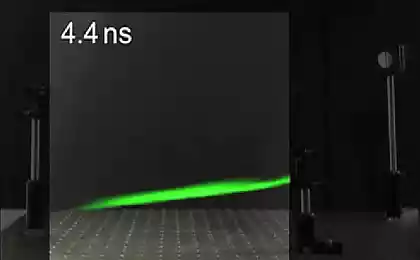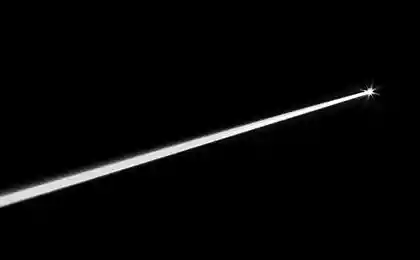343
Why laser pulse causes the glass to hold the current

When covering quartz glass by a laser pulse, it is able to take the properties of the metal, found researchers at the max Planck Institute.
In recent years, ultrashort laser pulses of a few femtoseconds is used to study quantum effects in atoms or molecules. Now they can be applied to modify the properties of the material. Scientists believe the effect can be used to build logical switches, it is much faster than existing microelectronics. Under the influence of ultrashort laser pulses, the electronic properties of glass can be fundamentally changed within femtoseconds. If a laser pulse is strong enough, the electrons in the material can move freely. For a short time, the quartz glass behaves like metal: it becomes opaque and conducts electricity. This change of material properties happens so quickly that it can be used for ultrafast electronics.
Scientists from the Technical University of Vienna, in cooperation with colleagues from the University of Tsukuba (Japan) were able to explain this phenomenon. The laser pulse is an extremely strong electric field which can dramatically change the electronic States in the quartz.
As explained by Georg Wachter: "the Pulse can not only transfer energy to the electrons, it completely distorts the whole structure of possible electron States in the material." Thus, an electron which used to be associated with the oxygen atom in the quartz glass can suddenly change and behave almost like a free electron in the metal. After the laser pulse the electrons are separated from atoms, the electric field of the pulse can steer the electron in one direction, and an electric current begins to flow.
Extremely strong laser pulses can cause a current that persists for some time even after the pulse has faded.
Source: nauka24news.ru/



